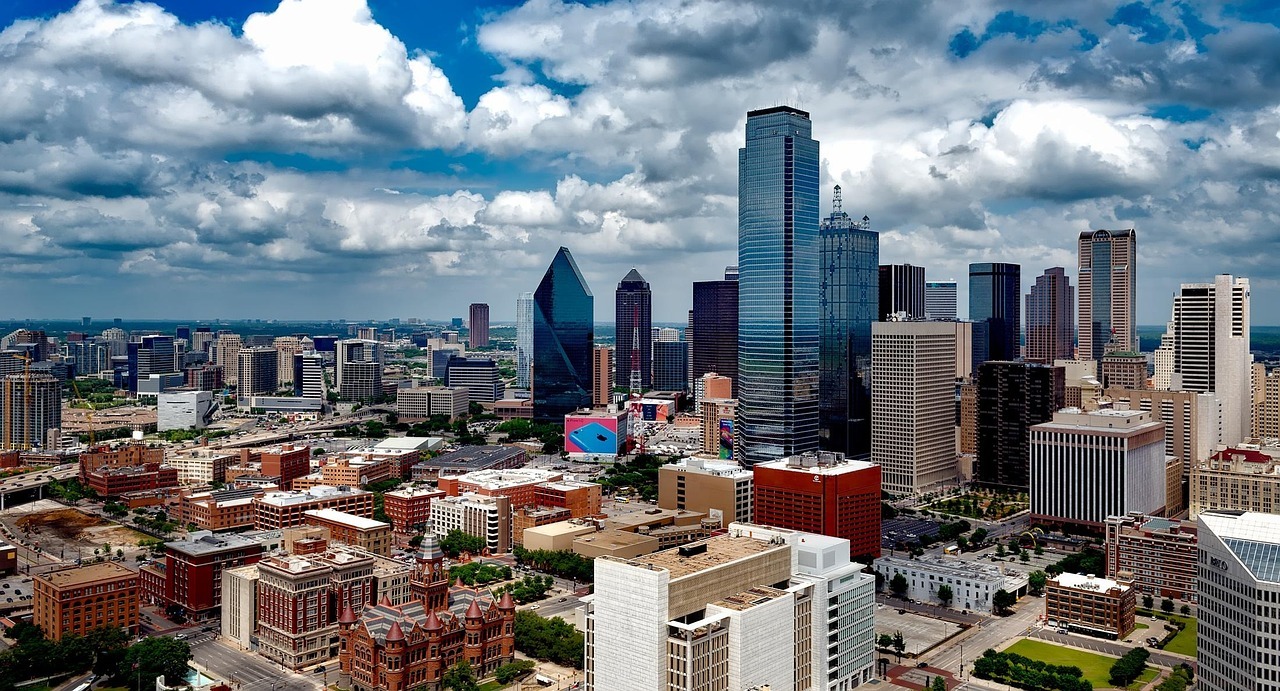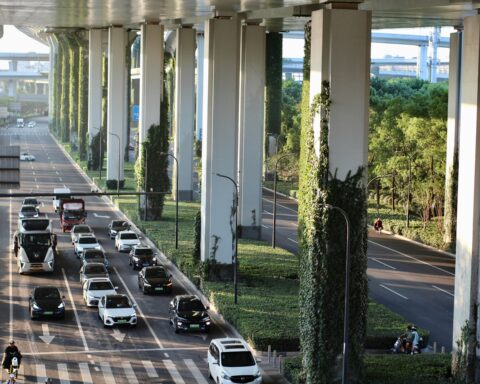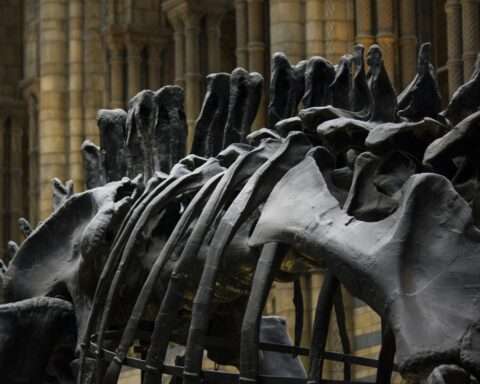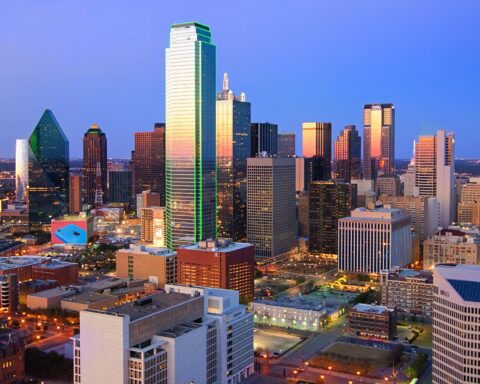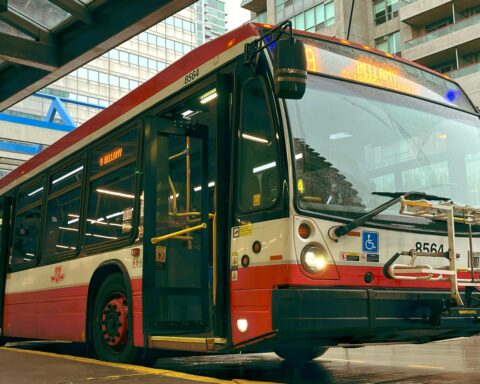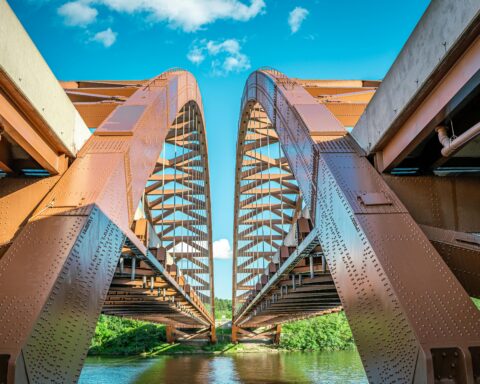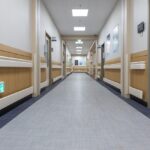As part of the state’s 2025 legislative session, Texas lawmakers have approved a $25 million investment for a heat reduction and streetscape project in Dallas.
Dallas has repeatedly been identified as having one of the worst urban heat islands (UHI) in the country. Aside from numerous days over 100º, the UHI effect makes city streets significantly warmer—8º or more—than their suburban and rural counterparts. The city’s impervious surfaces, such asphalt, concrete and buildings, absorb and retain the heat.
To address this, the Texas Trees Foundation is spearheading a $198 million public-private project to reimagine the Harry Hines Corridor and establish an eight-acre Green Park within Dallas’s 1,000-acre Southwestern Medical District. The area, despite housing major medical centers and extensive warehouse zones, suffers from excessive heat, poor air quality and limited tree coverage, according to project officials.
After a decade studying urban heat island impacts and mitigation tactics, the Texas Legislature provided a crucial boost in June, approving $25 million to the project. That funding is expected to unlock additional public and private contributions. Before this allocation, organizers had already raised $59 million and reached 30% completion of the project’s design phase.
Texas Trees Foundation emphasizes a strategy guided by evidence-based design, biophilic principles, a One Health framework and equitable civic engagement. The goal is to tackle heat, air pollution, safety and overall well-being through data-driven decisions and community inclusive planning.
The project will swap large stretches of asphalt for shade trees, native plantings and efficient stormwater and traffic systems. Enhancements include protected bike lanes, pedestrian pathways, smart traffic signals and narrowed medians. Project officials expect this green transformation could generate about $1.6 billion in economic benefits and add roughly $300 million in state tax revenue. Planners say it will serve as a model for integrating nature-based, climate-smart infrastructure into future urban development.
Phase I, which is focused on the Green Spine streetscape, will break ground in late 2026. Phase II, the Green Park, will follow. With design work progressing and legislative support secured, the project is moving from vision to reality.
Photo by Pixabay



